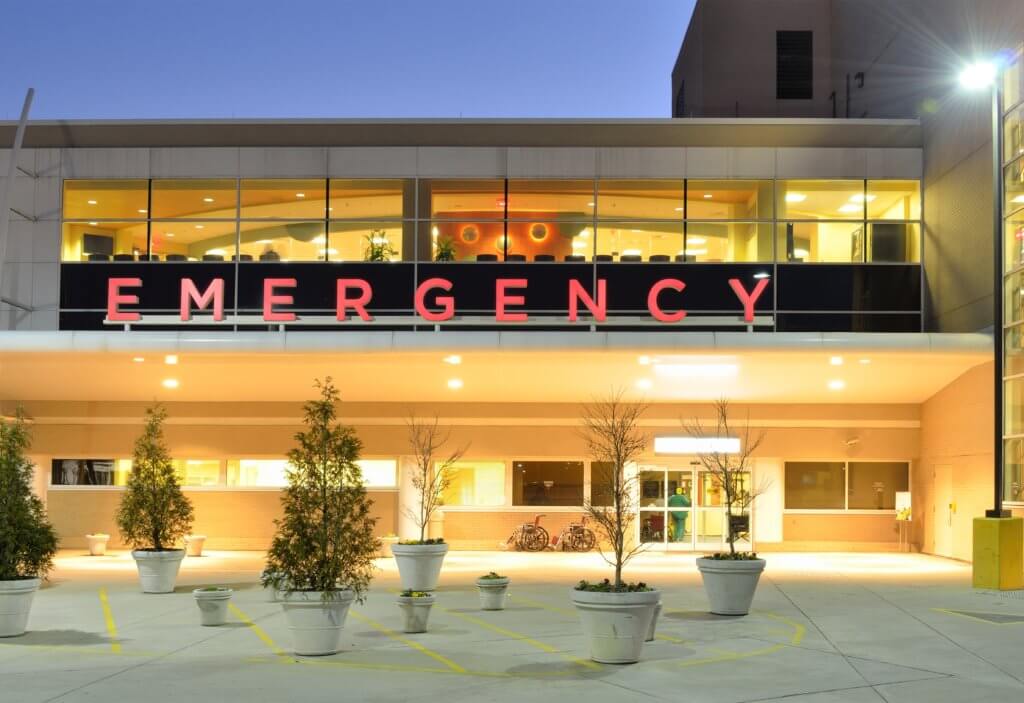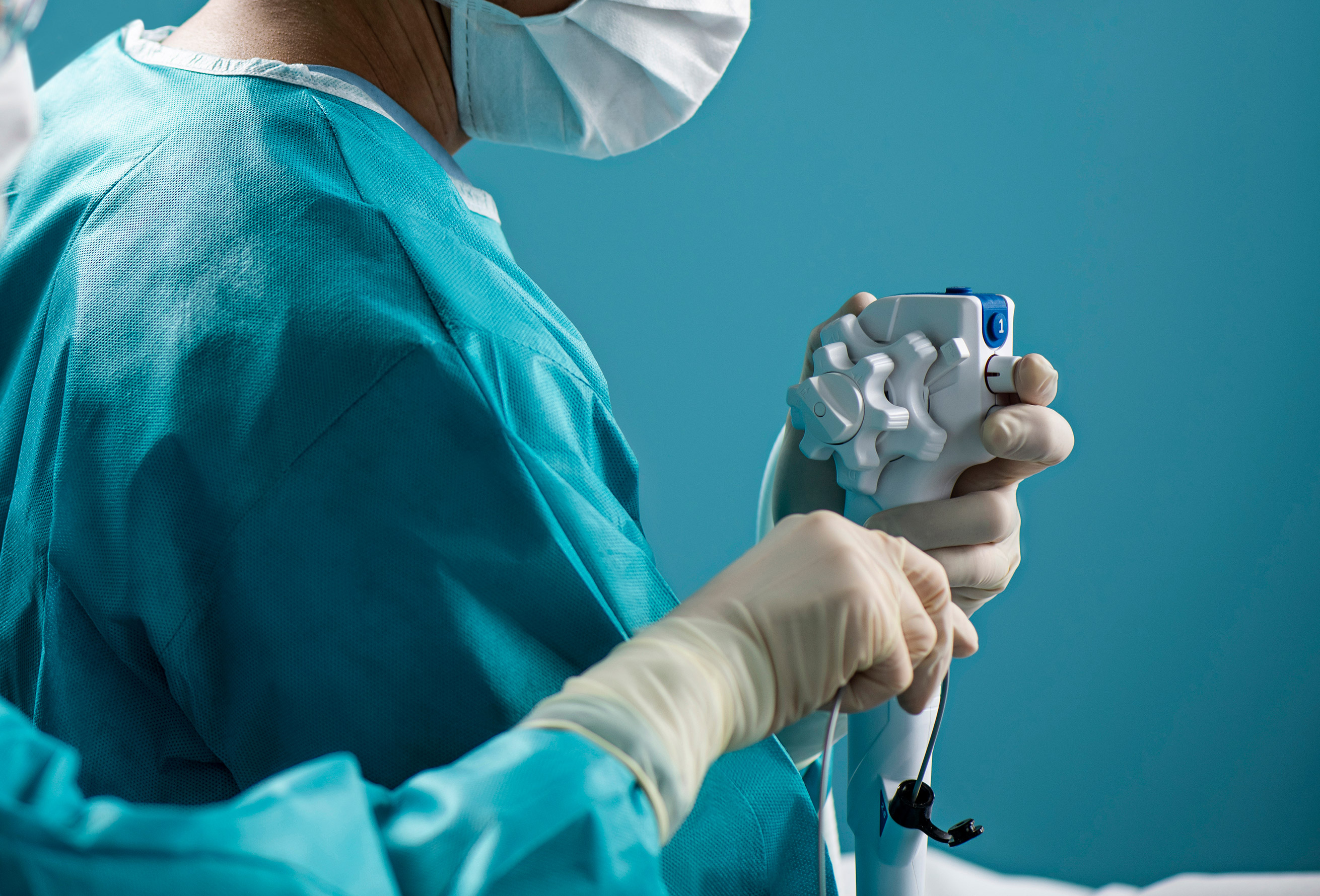
Despite the best infection control protocols, ventilator associated pneumonia (VAP) remains one of the most common hospital acquired infections. Approximately half of intensive care unit (ICU) patients develop some kind of nosocomial infection with nearly one-third of critically ill patients developing pneumonia. One VAP review estimates that “between 250,000 and 300,000 cases per year occur in the United States alone, which is an incidence rate of 5 to 10 cases per 1,000 hospital admissions."
This rate is corroborated in management guidelines. Globally, VAP prevalence remains at approximately 15.6% across ICU admissions. The greatest risk factor for nosocomial pneumonia is intubation or mechanical ventilation. An infection is considered VAP if it onsets during a hospital visit, more than 48 hours after a patient received mechanical ventilation.
[bb-article-cta cta_text='To read and download the full guide on VAP and Bronchoscopy, enter your email and click the button']
Some patients who develop VAP recover, but many do not. High-risk patients, such as the elderly, or patients in ICUs are most susceptible. But, precise mortality rates for VAP are difficult to calculate. Affected populations vary, from acute respiratory distress syndrome (ARDS) patients, to surgical ICU patients, to acute trauma patients—all of whom may require ventilators for varying lengths of time and have different respiratory infection susceptibilities. VAP incidence rates may also overlap with other lower respiratory tract infections, such as tracheobronchitis in critically ill patients.
Available therapies for VAP vary based on causative organisms, further complicating overall calculations. Higher mortality rates may be associated with drug-resistant infections. Across studies, mortality rates for VAP range from 0–50%! Some studies narrow the range for VAP mortality to 33–50%, but “this rate is variable and relies heavily on the underlying medical illness.” The most contemporary studies place overall VAP mortality at closer to 10%. VAP is associated with a higher crude mortality than other hospital associated infections. Mortality rates have declined in recent decades, but VAP is a persistent challenge for hospitals.
Critical patients, already at risk from their primary illness, may be more vulnerable to VAP than other populations. Children are also more susceptible than adults. Patients receiving mechanical ventilation concomitant with nasogastric feeding may be more likely to develop VAP, due to biofilm and microbial contamination on the feeding tube. Once a patient develops VAP, they are also more likely to require extended mechanical ventilation, that can worsen prognosis.
VAP is associated with considerable economic burden. A VAP diagnosis significantly extends length of stay (LOS) in the hospital and increases patient care costs. By some analyses, patients with VAP can expect to spend an extra 4.3–13 days in the hospital, costing an extra $40,000 per episode. As expected, costs vary widely based on health system. For patients at one suburban, tertiary care U.S. hospital, VAP tacks on an additional $11,897 in hospital costs per episode. At the same hospital, VAP increases average ICU stay six-fold (from 4 to 26 days). Experts say VAP “is associated with a statistically significant resource utilization burden, which underscores the need for cost-effective interventions.” Regulating bodies agree. The “economic impact” of VAP is one factor that has prompted the Centers for Disease Control and Prevention to regularly update treatment recommendations.
VAP is a persistent, and stubborn threat to our ICUs. Although patient population variables make overall incidence difficult to calculate, it is clear VAP is associated with significant mortality and economic burden. Resources on this site can help healthcare practitioners learn how to prevent VAP at their own institutions.


